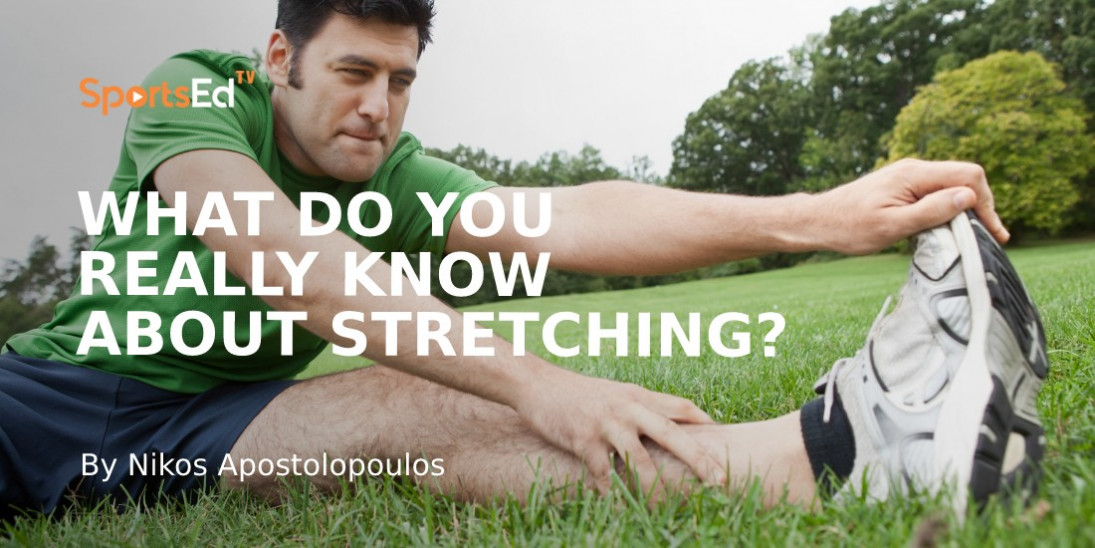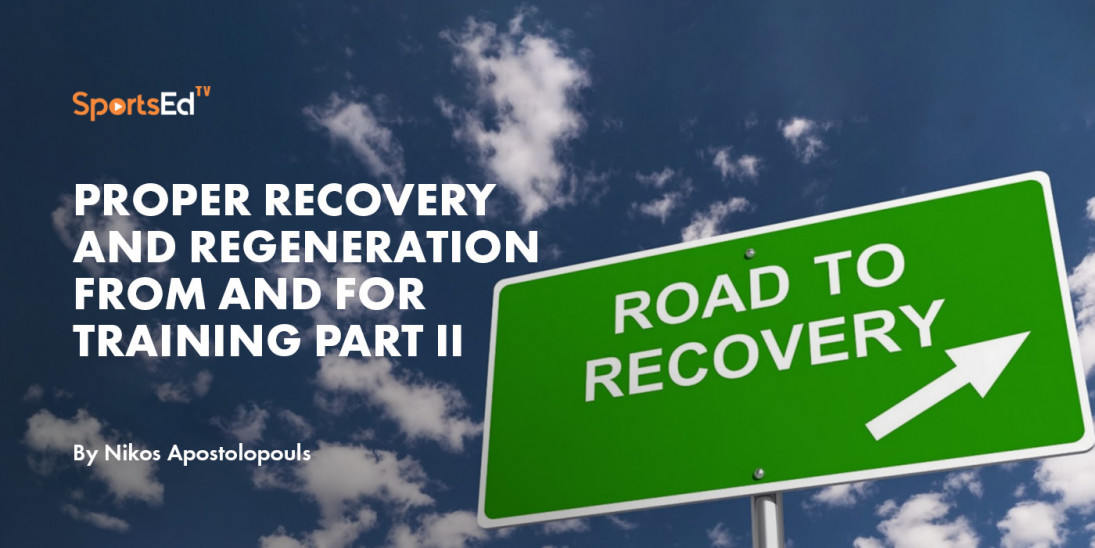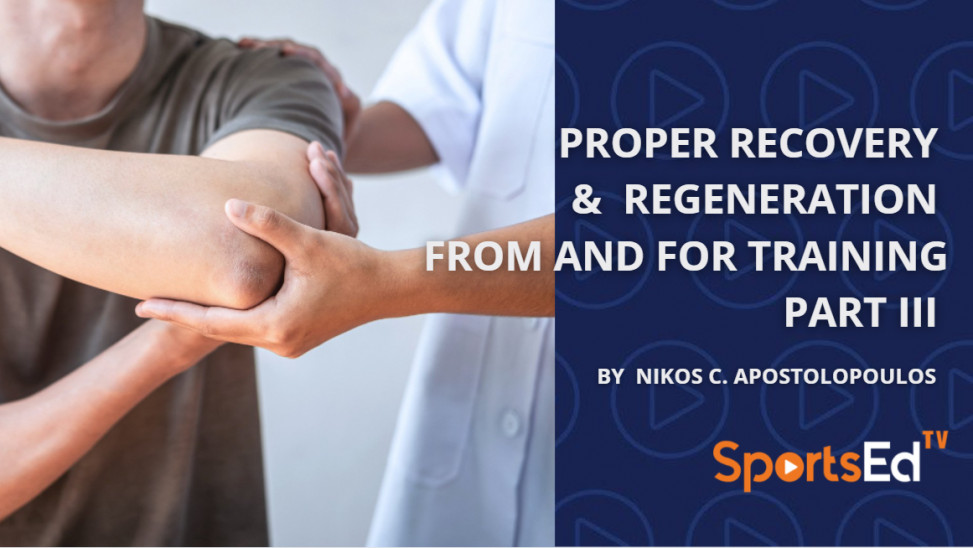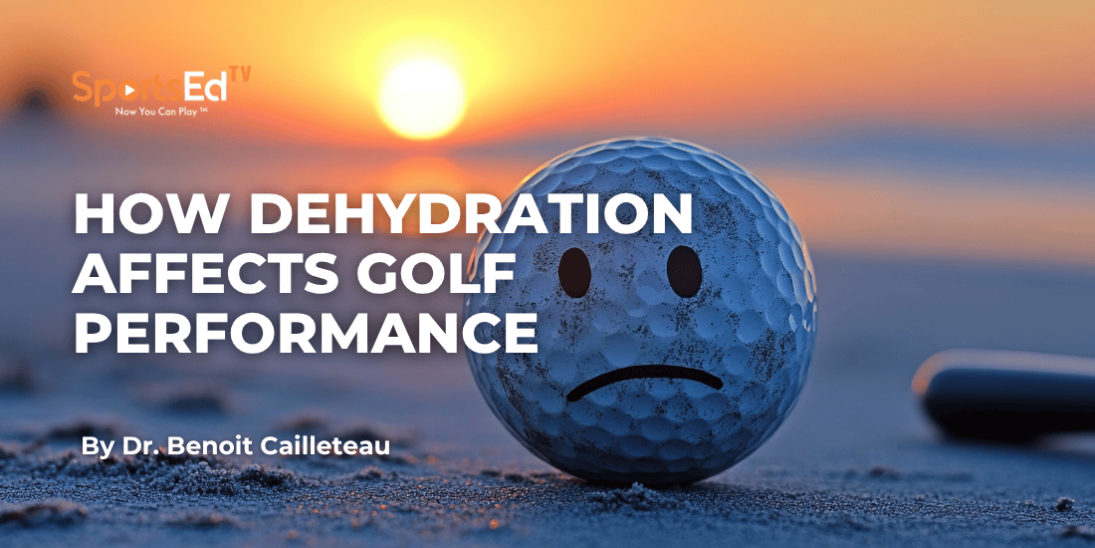Health, Regeneration
Welcome and thanks for visiting...

Proper Recovery and Regeneration From and for Training Part I
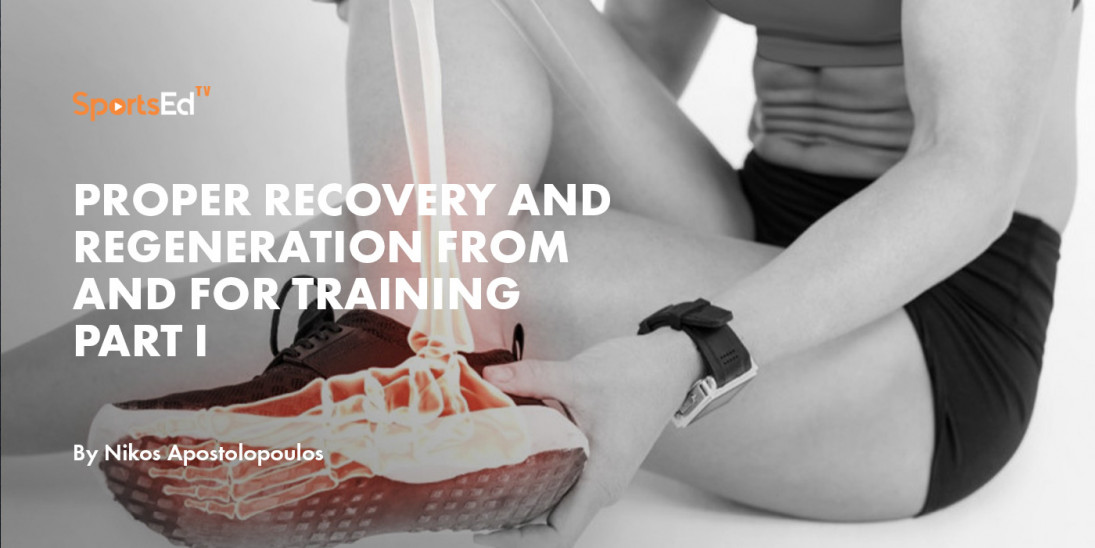
Training stimulates the musculoskeletal (MSK) system aimed at increasing sport performance. Adaptation of this system to stressful challenges (physical, mental, and emotional) involves the activation of the neuro-endocrine-immune mechanisms riveted on achieving stability through change (McEwen, 1998a, McEwen, 1998b). Although constant exposure of the MSK to physical stress is important for its development, constant practice and training at a heightened physical level makes it highly susceptible to injuries. Physical stress engages the peripheral limbs of the stress system, the hypothalamic-pituitary-adrenal (HPA) axis and the sympathetic nervous system (SNS), centred on maintaining the homeostasis of the body (Chrousos, 1995). This is a dynamic process focused on managing and controlling the organism’s internal environment in response to external forces (Clayman, 1989). Its maintenance is very important which underlies many physiologic functions of the body since cells, tissues, and organs can only operate and function within narrow ranges of environmental conditions (Riemann and Lephart, 2002).
The magnitude of the MSK response to training is influenced by the training load (i.e., high, medium, or low) with adaptation being the process by which the body’s innate ability to return to some form of balance is enhanced. The demands of these processes (training and adaptation) places a great requirement on the available energy of the body, for the energy available for training competes with metabolism, oxidation, the regeneration of adenosine tri-phosphate (ATP), growth, and its maturation (Moore, 1980).
Maximal effort places a priority on energy conversion for the accomplishment of the external work. If this is carried out over a long period of time, the ATP pre-emption leaves little energy for protein synthesis (Chang and Goldberg, 1978), which is important for both muscle growth and performance. Under normal conditions (i.e., sleep, walk, work etc), the MSK is continuously renewed, albeit it slowly, however disruption beyond these conditions (i.e., training, trauma, injury, muscle damage, excessive mental stress) results in a rapid modification in its renewal, recovery, and regeneration rate (Marineo et al., 2003).
With athletes walking a fine line between training stimuli, and adequate recovery, it is very important that methods used for recovery and regeneration do not place a further demand on the body’s available energy. Since adaptation to extraneous loads by training are influenced by the training parameters, intensity (how hard), duration (how long), frequency (how often), and volume (how much) (Hawley, 2008), their manipulation (rate of increase and/or decrease) relative to each other may influence how the available energy aids in the proper recovery from training and the regeneration of the MSK. With evidence suggesting that prolonged and strenuous physical activity is responsible for substantial tissue injury, with the potential for an excessive inflammatory reaction occurring (Shephard, 2001, Shephard and Shek, 1998), one needs to take into consideration the role that inflammation and the inflammatory response plays. Inflammation enhances energy expenditure reducing energy intake directly and indirectly (Wang and Ye, 2015). Recently, a relationship between proinflammatory biomarkers, such as cytokines, have been found in both chronic and acute pain states, suggesting a direct or facilitator role in the occurrence of pain (DeVon et al., 2014).
This relationship between pain and inflammation brings into question the psychosocial adherence to the classic coaching exhortation of “no pain, no gain”, suggesting that this viewpoint has no place within the realm of proper recovery and regeneration. Pain, is defined as “an unpleasant sensory and emotional experience associated with actual or potential tissue damage or described in terms of such damage”(IASP, 1998). When pain is generated during recovery and regeneration, this may be as a result of trauma imposed on the tissue, whereupon proinflammatory proteins are released potentially limiting protein synthesis (Lang et al., 2002) and the proper recovery of the MSK. If a pre-existing injury or trauma is present, this affects the energy requirement of the body during recovery and regeneration, influenced by the type and extent of the injury, and the degree to which the injury continues to elicit an inflammatory response (Frankenfield, 2006).
Therefore, the purpose of this introduction to recovery and regeneration, and the subsequent entries, is to provide coaches, trainers, and athletes with an awareness of the physiological price training and trauma places on the body’s limited energy source, and the failure to respond with proper recovery and regeneration may cause the MSK and other systems (neural, endocrine, and immune) to overreact. (inflammatory response) predisposing the athlete to further injury. If the athlete does not recover properly this will influence their ability to “maximise” their performance.
REFERENCES
CHANG, T. W. & GOLDBERG, A. L. 1978. The metabolic fates of amino acids in the formation of glutamine in skeletal muscle. J Biol Chem, 253, 3685-95.
CHROUSOS, G. P. 1995. The hypothalamic-pituitary-adrenal axis and immune mediated inflammation. New Engl J Med, 332, 1351-62.
CLAYMAN, C. B. 1989. The American Medical Association Encyclopedia of Medicine, New York, NY, Random House.
DEVON, H. A., PIANO, M. R., ROSENFELD, A. G. & HOPPENSTEADT, D. A. 2014. The association of pain with protein inflammatory biomarkers. Nursing Res, 63, 51-62.
FRANKENFIELD, D. 2006. Energy expenditure and protein requirements after traumatic injury. Nutri Clin Pract, 21, 430-7.
HAWLEY, J. A. 2008. Specificity of training adaptation: time for a rethink. J Physiol, 586, 1-2.
IASP 1998. Classification of chronic pain, descriptions of pain syndromes and definitions of pain terms. Pain, 1-225.
LANG, C. H., FROST, R. A., NAIRN, A. C., MACLEAN, D. A. & VARY, T. C. 2002. TNF-a impairs heart and skeletal muscle protein synthesis by altering translation initiation. Am J Physiol Endocrnol Metab, 282, E336-47.
MARINEO, G., INDRIZZI, E., GASPARINI, G., TERENZIE, V., FINI, G. & MAROTTA, F. 2003. Biophysics-induced tissue regeneration. A pilot study using "Delta-S" entropy variation system on burns sequelae and keloids. Int Congress Ser, 1255, 231-6.
MCEWEN, B. S. 1998a. Protective and damaging effects of stress mediators. New Engl J Med, 338, 171-9.
MCEWEN, B. S. 1998b. Stress, adaptation, and disease. Allostasis and allostatic load. . Ann N Y Acad Sci, 840, 33-44.
MOORE, F. D. 1980. Energy and the maintenance of the body cell mass. JPEN, 4, 228-60.
RIEMANN, B. L. & LEPHART, S. M. 2002. The sensorimotor system, part I: The physiologic basis of functional joint stability. JAT, 37, 71-9.
SHEPHARD, R. J. 2001. Sepsis and mechanisms of inflammatory response: is exercise a good model? Br J Sports Med, 35, 223-30.
SHEPHARD, R. J. & SHEK, P. N. 1998. Immune responses to inflammation and trauma: a physical training model. Can J Physiol Pharmacol, 76, 469-72.
WANG, H. & YE, J. 2015. Regulation of energy balance by inflammation: common theme in physiology and pathology. Rev Endocr Metab Disord, 16, 47-54.
Read more:
Proper Recovery and Regeneration From and for Training Part I
Proper Recovery and Regeneration From and for Training Part II
Proper Recovery and Regeneration From and for Training Part III

